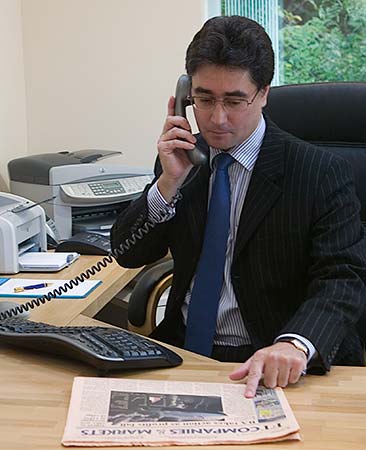At the invitation of LinkedIn I have just contributed a second idea to their discussion – ‘What strategies can you employ to overcome impasses in negotiations?’
The technique is simple – you might even think that it is obvious, i.e. avoid a ‘deal-breaker’ impasse in the first place.
I first wrote about this insight in my article – ‘Mediating Probate and Trust Disputes – Process Challenges and Tools – Part 1′, which was published online by Oxford University Press in Trusts & Trustees 14.11.2022, and in print for worldwide distribution in February 2023. There is a link to the article on the ‘Publications’ page at www.carlislam.co.uk.
For LinkedIn I wrote:
‘In my experience of negotiating the settlement of probate disputes, it is always better to be prepared to advance to a ‘known’ position than to retreat into the ‘unknown’. The acme of preparation is the development of a ’settlement range’. …’
In my forthcoming book, the 2nd edition of the ‘Contentious Probate Handbook’, which I am working on for publication by the Law Society of England & Wales later in the year, I outline a simple ‘step by step’ methodology for developing a bespoke ‘settlement range’ in a probate dispute.
When negotiating the settlement of a commercial dispute, you can extrapolate and apply the same basic building blocks.
Over the Summer I will be writing an in-depth article about ‘negotiation’ skills for academic publication, as the foundation for my online talk to members of the SCMA worldwide in October about ‘Mediation Advocacy in Trust & Probate Disputes.’
